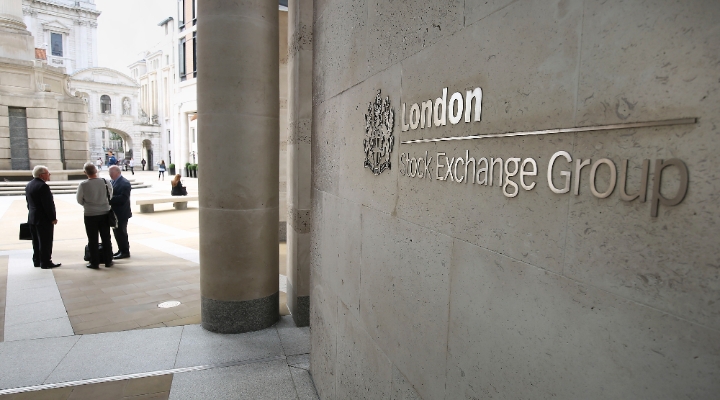Investment trusts’ discounts peaked at over 20% in early 2009. Since then they have moved tighter to some 6% in January 2014. That has partly been a function of fund boards being more proactive with managing the discounts and liquidity of their funds, but mainly due to investors being more confident about markets, with equity markets rising. That said, even with discounts hitting new lows by historical standards, we think there are still pockets of value to be found.
However, investors should remember that while buying at a discount is effectively buying assets on the cheap, just like sales shopping, there is no certainty that the discount will contract; but history suggests discounts do tend to exhibit mean reversion. In other words, they tend to move to their average level over time and that deviations away from this average are usually only temporary.
Below we have listed those sectors that currently trade at a discount that’s attractive, both on an absolute basis and in relation to their six-month- and three-year average.

But before committing any money, one must try to understand the cause of the discount. Markets are considered to be semi-efficient, so usually there is a reason for the discount to exist: lower liquidity of an asset class, sentiment against the sector — to name just two. The investor must ask themselves whether they are comfortable taking these risks? Often it’s a contrarian move to take an opportunity and then it requires patience to realise it.
That said, we would never advocate the use of just the discount as the only criteria to purchase a fund; but when combined with fundamental research, an understanding of the merits and suitability of a fund, it could help not only to time the purchase decision, but also allow the chance to benefit from both NAV appreciation and discount contraction.
If you would like to see 3 investment trust medallists that are currently trading at a discount relative to their historical average, click here.





























